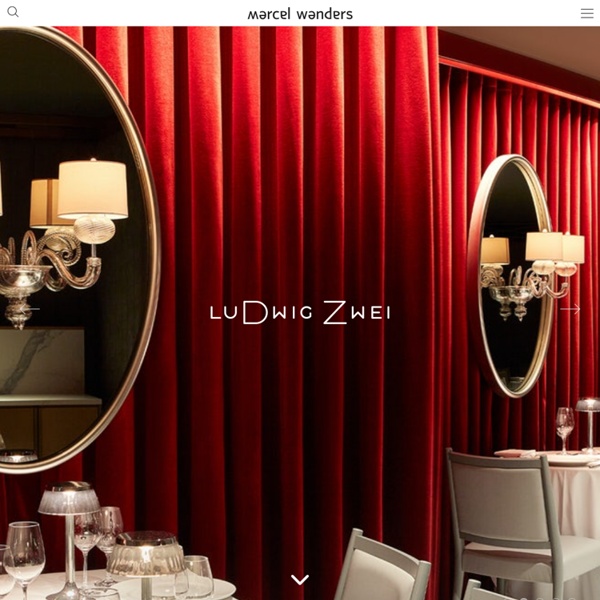Product design & interior design

Spiegel Publishing House by Verner Panton
June 21st, 2011 Verner Panton is an interior design superhero. His work in 1969 with the Spiegel Publishing house in Hamburg is one of his most unique interior works. Panton designed nearly everything inside, color schemes, lamps, textiles, and more. Unfortunately the swimming pool was later destroyed by a fire and the lobby area was completely redesigned in the 1990′s. The interior area of what appears to be a lounge, looks reminiscent of of the 1967 Canadian Pulp & Paper Pavillion at the World Fair Exposition in Montreal. Found on Space Invading
Bjarke Ingels Group
News | Ineke Hans Studio
Gaetano Pesce
Del tirador a la ciudad
FOTO: Jonas Lindsedt. Escalera de Charlie Styrbjörn (Thonet) El alemán Michael Thonet fue un pionero. A la silla Número 1 diseñada por el patriarca de esa familia en 1849, y todavía en producción, le seguirían muchos modelos (llegaron a vender hasta 980) firmados por los más destacados arquitectos del momento. Así, la empresa austríaca Thonet fue pionera a la hora de dar el paso de la artesanía a la industria y hoy, 165 años después -y desde hace un año propiedad de un grupo italiano-, la firma parece encaminada a seguir abriendo caminos eligiendo, en esta occasión, la dirección opuesta: el paso atrás para poder adelantar de nuevo. Entre las novedades que presentará en la Feria del mueble de Milán, el sueco Charlie Styrbjörn Nilsson (1986) ha recuperado la marca de la casa, el plegado por vapor, para idear una escalera escultórica con la solidez de la madera maciza y la finura del bambú.
Guillotine • Lifestyle, footwear & art
ISO50 Blog – The Blog of Scott Hansen (Tycho / ISO50) » The blog of Scott Hansen (aka ISO50 / Tycho)
Scalae | Agencia documental de arquitectura.
Hidden Archive
Related:
Related:



